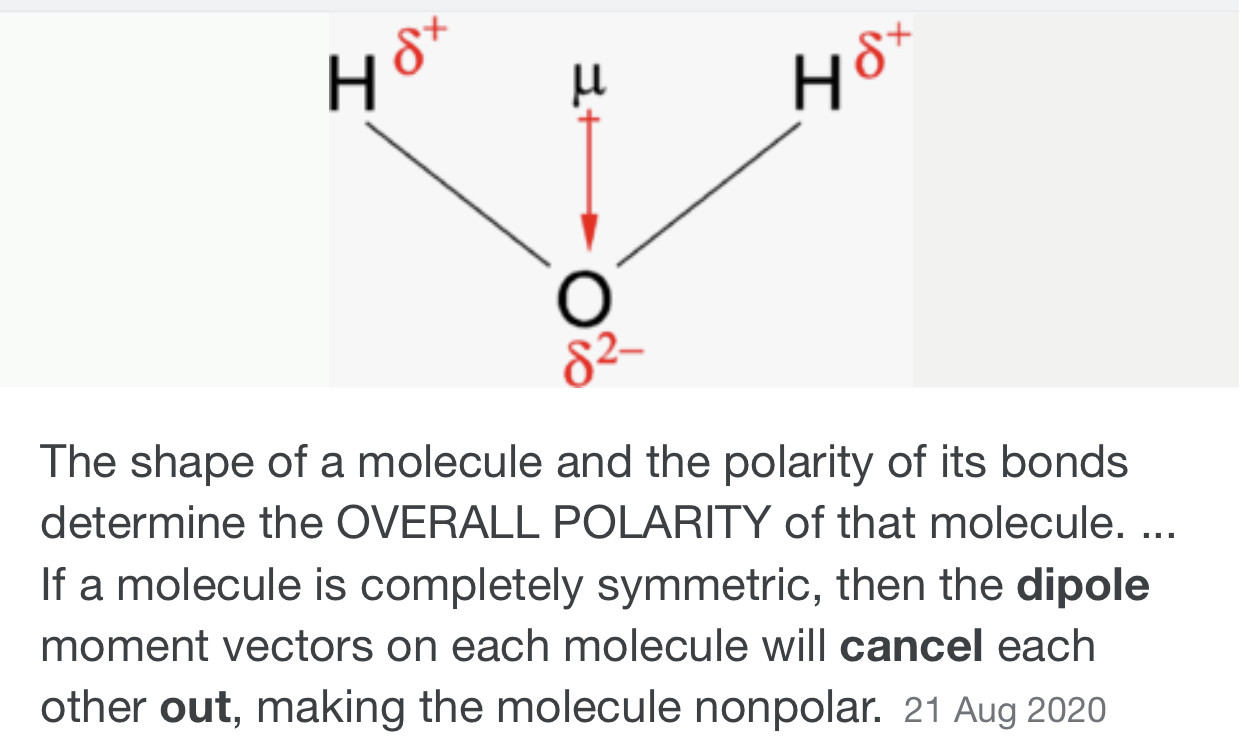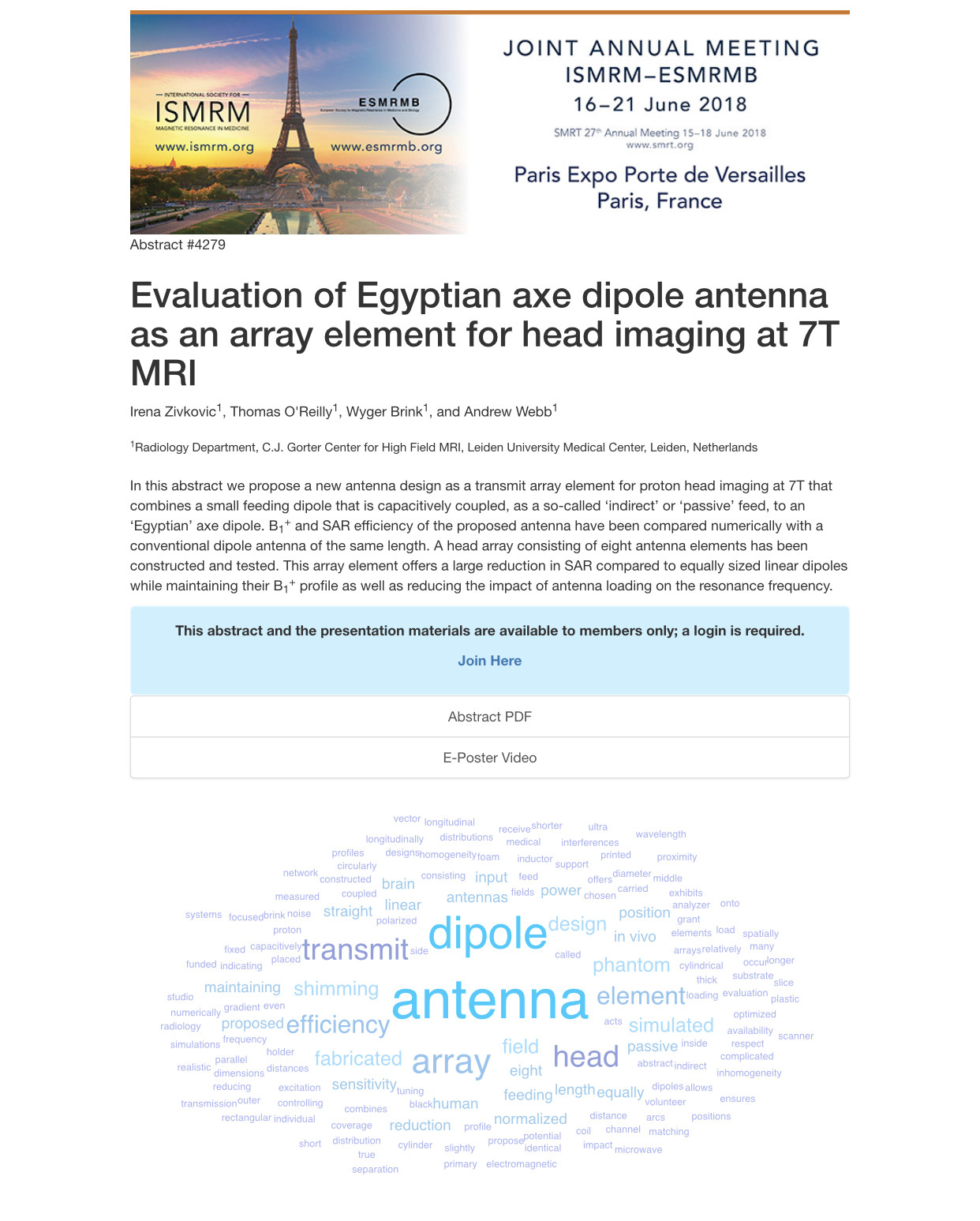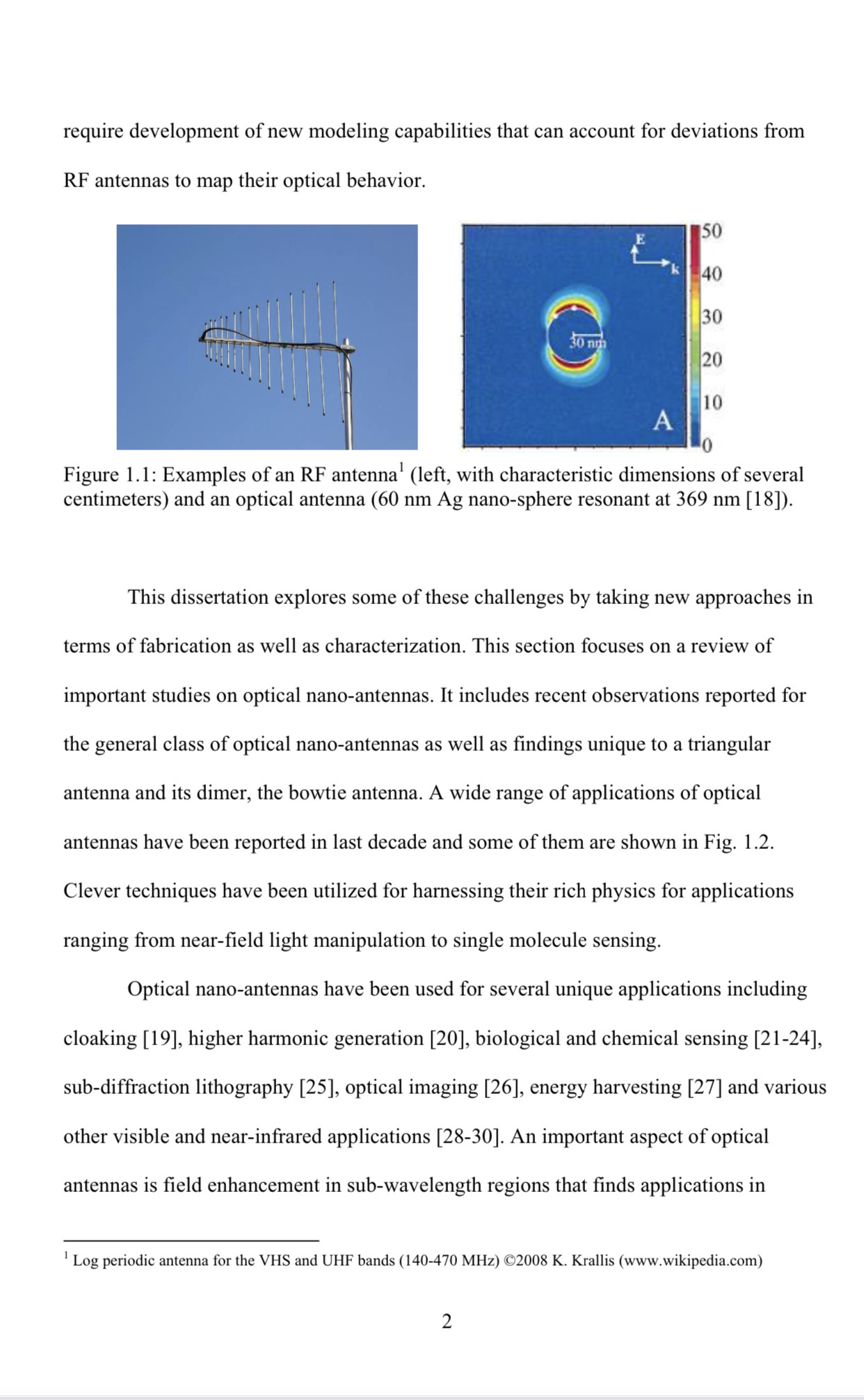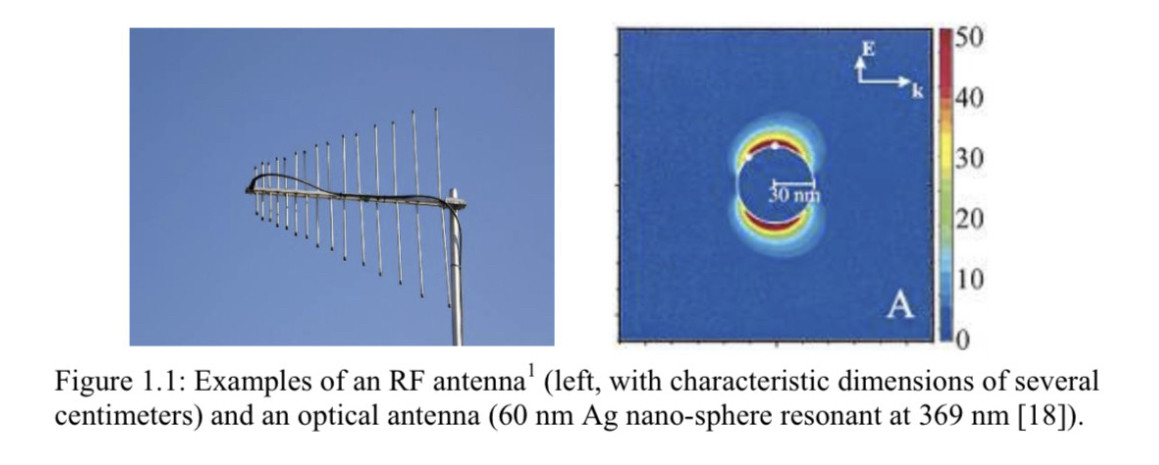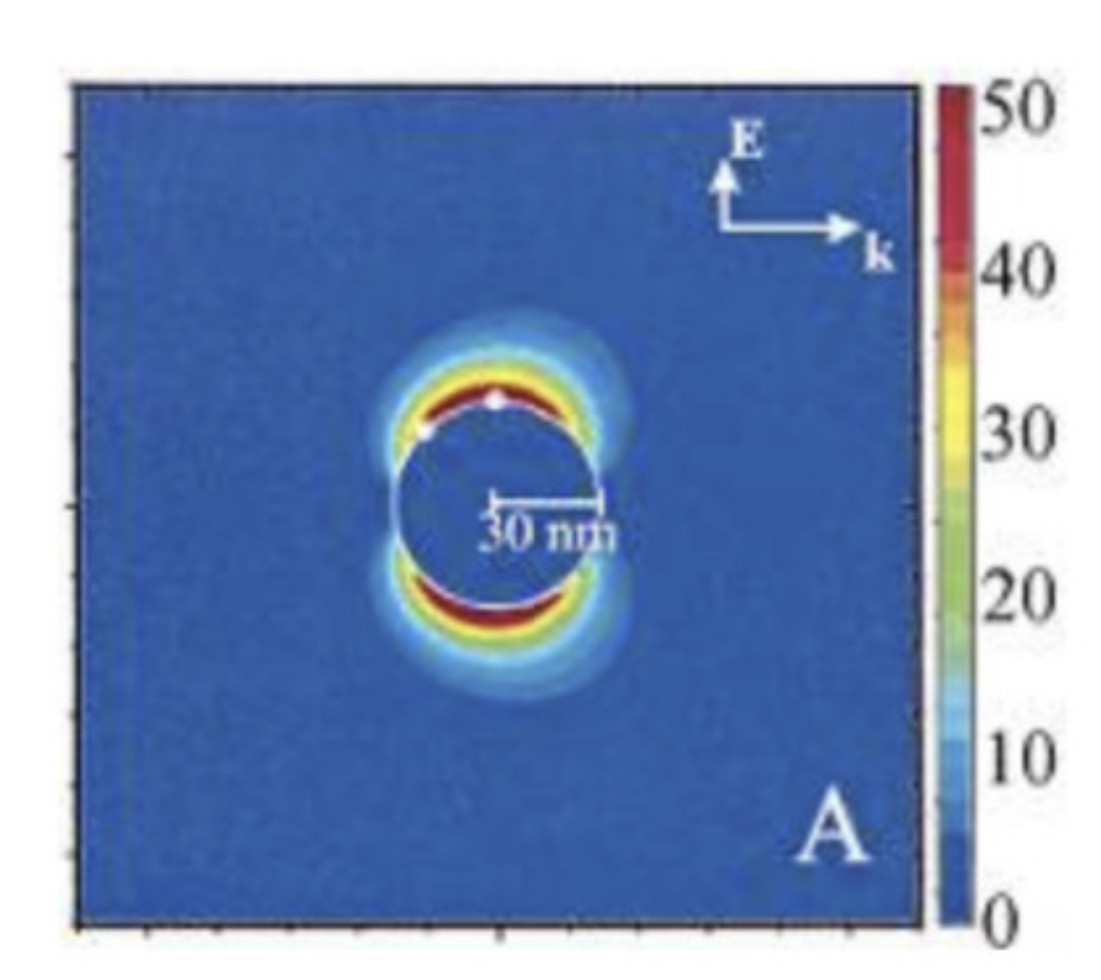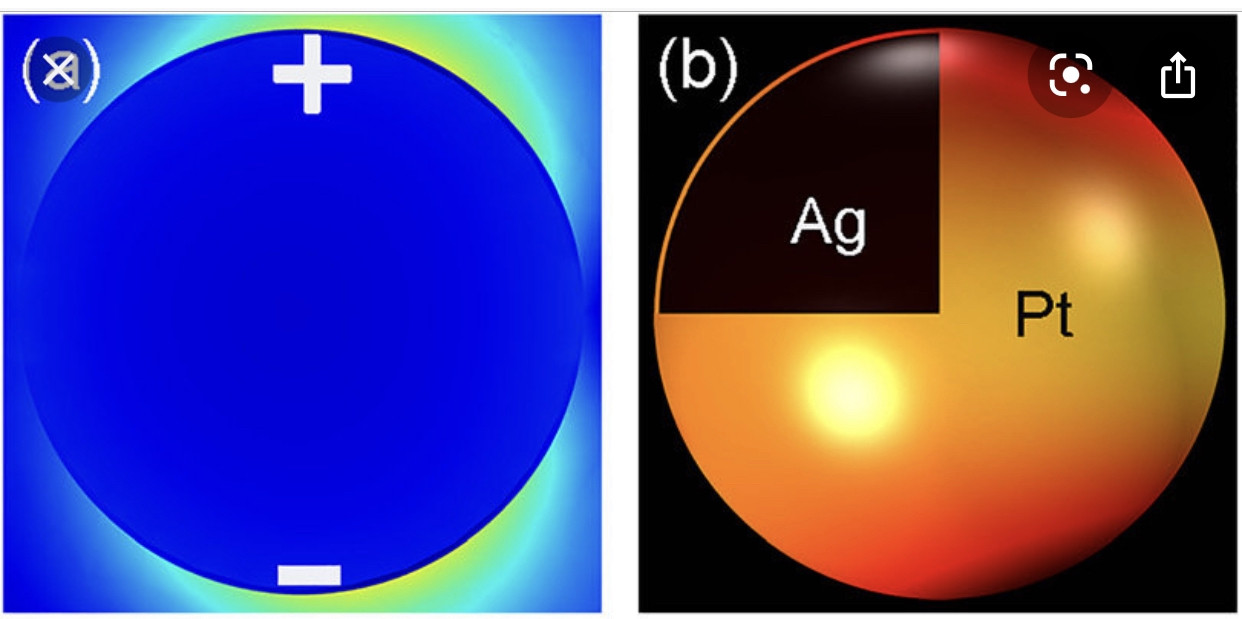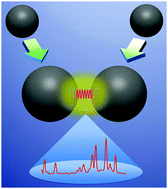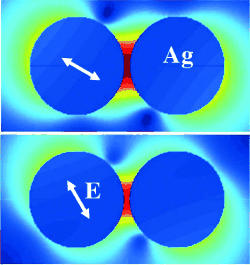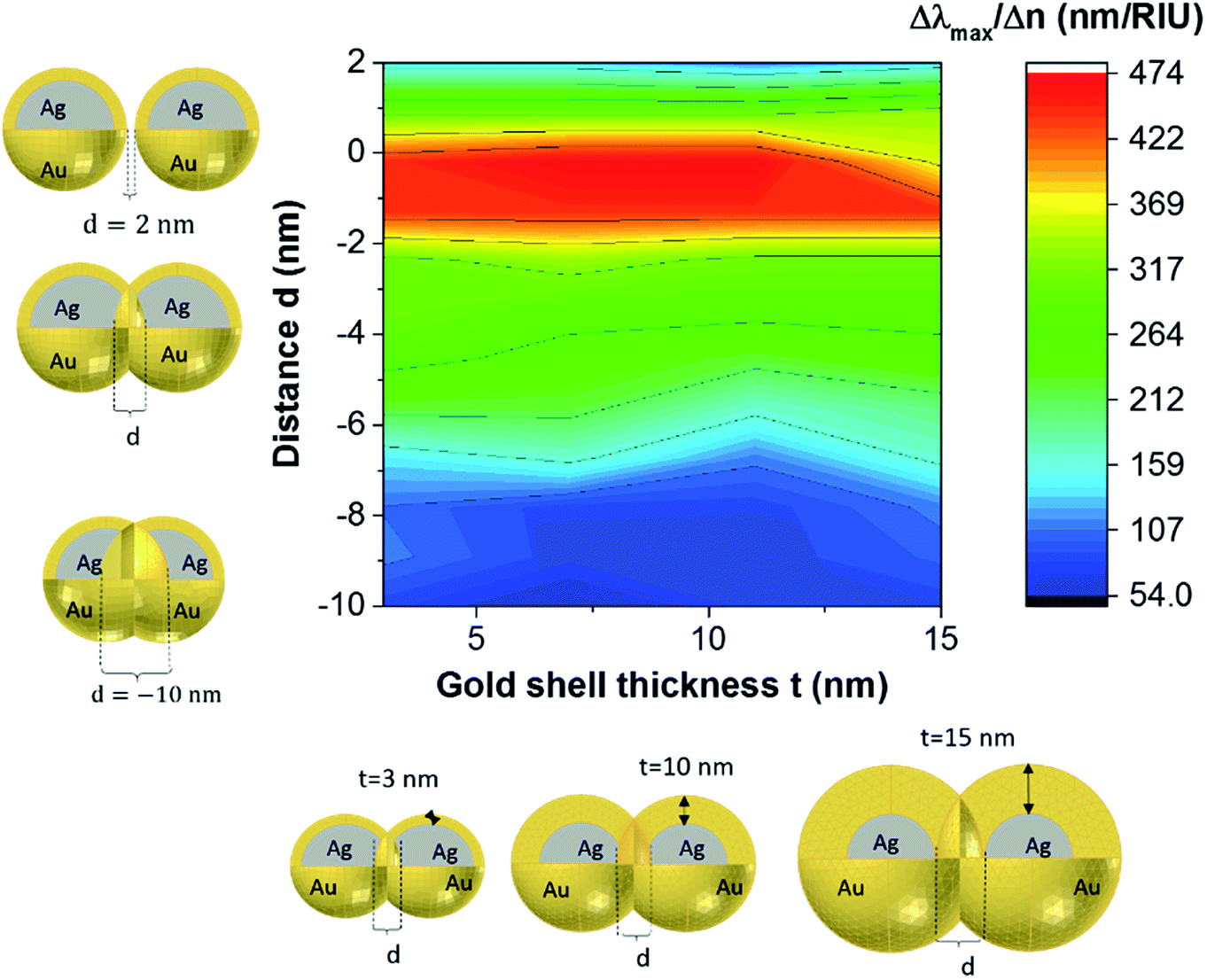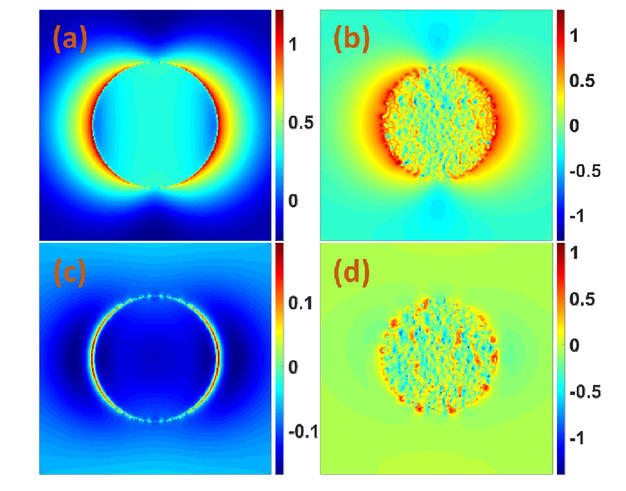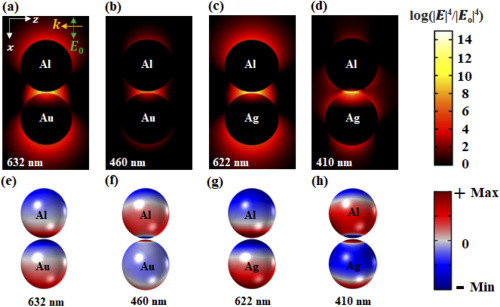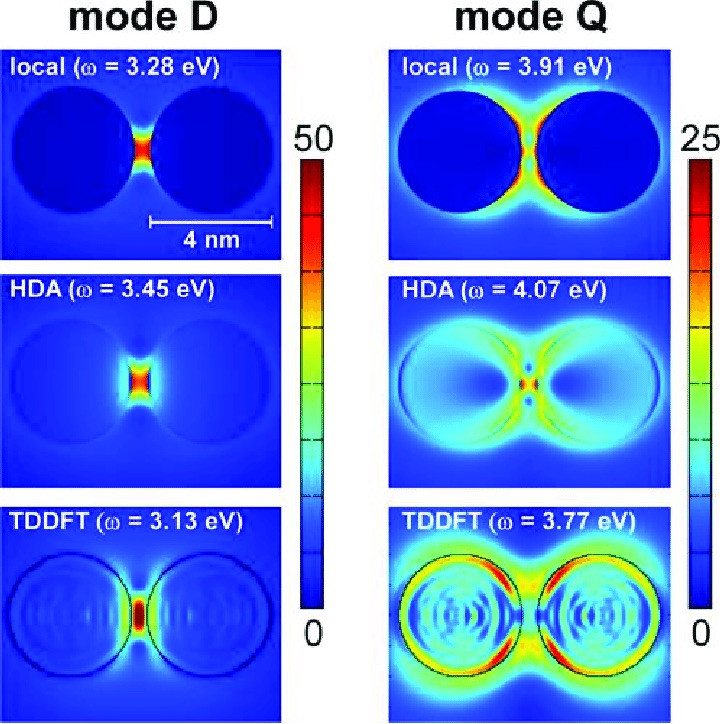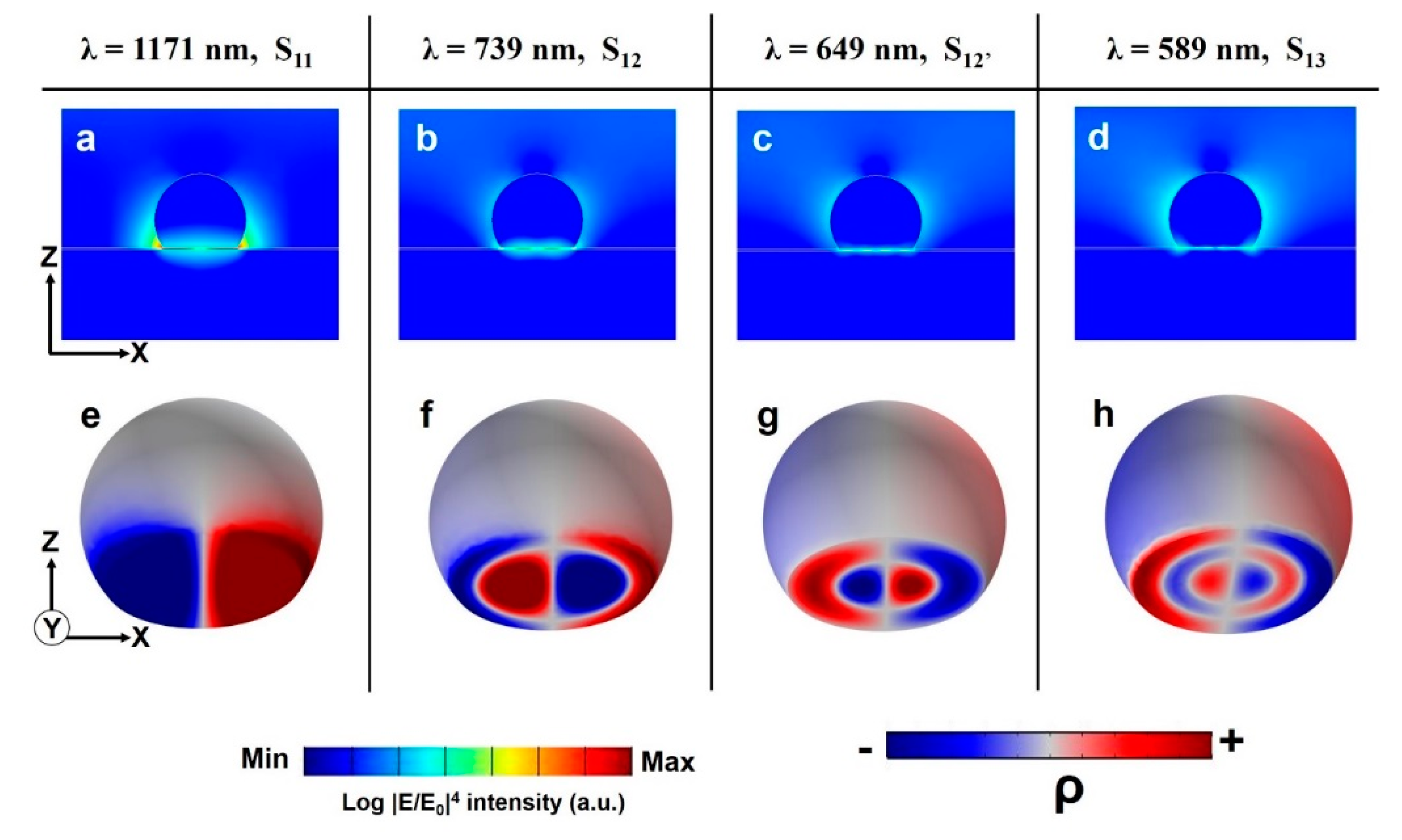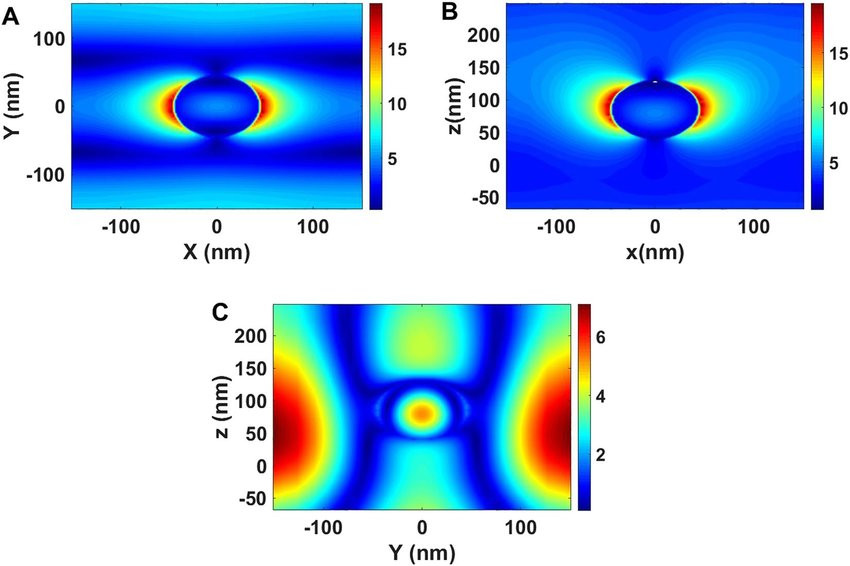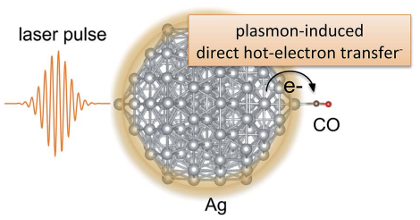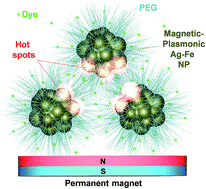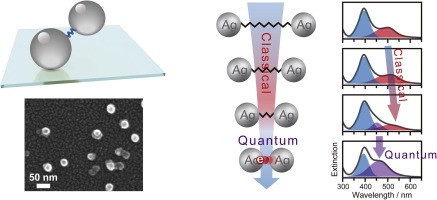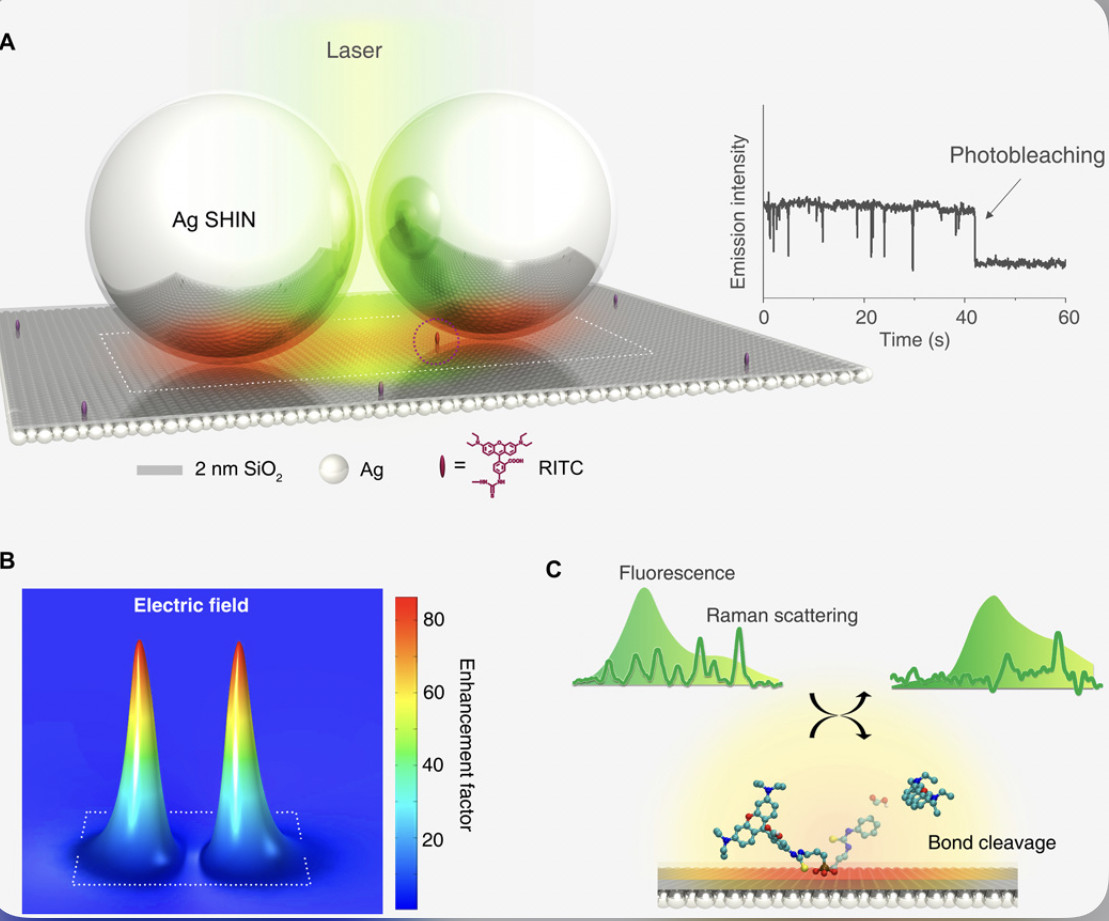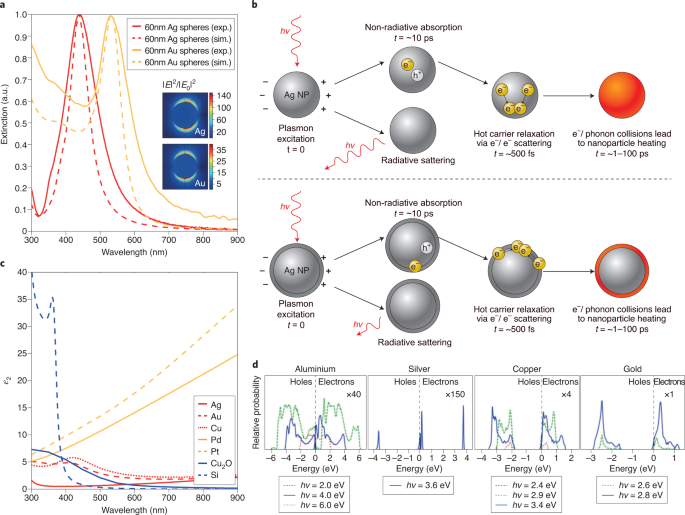An electrically small, metamaterial-inspired Egyptian axe dipole (EAD) antenna has been investigated for use in structural composite materials. The EAD antenna consists of a differentially fed dipole element integrated with a near-field resonant parasitic EAD element. These elements have been adapted to these materials resulting in a system that is impedance matched and radiates efficiently at 307 MHz.
Three cases have been identified and investigated to ascertain the performance of the manufacturing techniques and material properties used to build these electrically small antennas, as well as their performance characteristics. Uniquely, an embroidered conductive thread and a new carbon fiber based, nonwoven mat have been investigated for use as the conducting elements. Both cases are compared with a copper variant of the EAD antenna. All three prototypes were tested. Measurements confirm that both the nonwoven mat and the embroidered versions of the EAD antennas perform similarly with maximum realized gains ranging from 1.72 to 1.90 dBi. Collapse
Embedded antennas are a class of antennas which use metamaterials to increase the performance of miniaturized antenna systems. Their purpose, as with any electromagnetic antenna, is to launch energy into free space.
Since its discovery1, extraordinary optical transmission (EOT) through subwavelength apertures including single apertures2, 3, 4, 5, 6, 7, 8, 9 and aperture arrays10, 11, 12, 13, 14, 15, 16, 17, 18, 19 in an opaque metal film have attracted considerable attention. These nanoscale metallic structures possess a wide variety of extraordinary optical properties including beaming20, 21, 22, local filed enhancement23, and total absorption24, 25. Surface plasmons polaritons (SPPs)26, 27 play an essential role in this phenomenon and have opened up potential applications in lithography28, 29, biophotonics30, 31, Raman effect32, and other areas33, 34, 35. Besides at visible frequencies, these intriguing phenomena have also been found and investigated at terahertz36, 37, 38, microwave39, 40, 41, 42, 43, acoustic frequencies44, 45 and matter-waves46.
Here we review some different approaches to transmission enhancement and light harvesting through nano-apertures, namely, by utilizing optical nano-antennas9 (note that optical nano-antennas for many other applications have been studied very recently47, 48, 49, 50, 51, 52) and metamaterials (including slow-light photonic crystal waveguides)53. In this article, we will also harvest light with an invisibility metamaterial cloak shell.
Optical nano-antennas and metamaterials - ScienceDirect
We review some recent approaches to transmission enhancement and light harvesting based on optical nano-antennas and metamaterials. Nano-cavity antenn…
https://www.sciencedirect.com/science/article/pii/S136970210970313XNext-generation probes, particles, and proteins for neural interfacing | Science Advances
Bidirectional interfacing with the nervous system enables neuroscience research, diagnosis, and therapy. This two-way communication allows us to monitor the state of the brain and its composite networks and cells as well as to influence them to treat disease or repair/restore sensory or motor functi..
https://advances.sciencemag.org/content/3/6/e1601649/tab-figures-data

